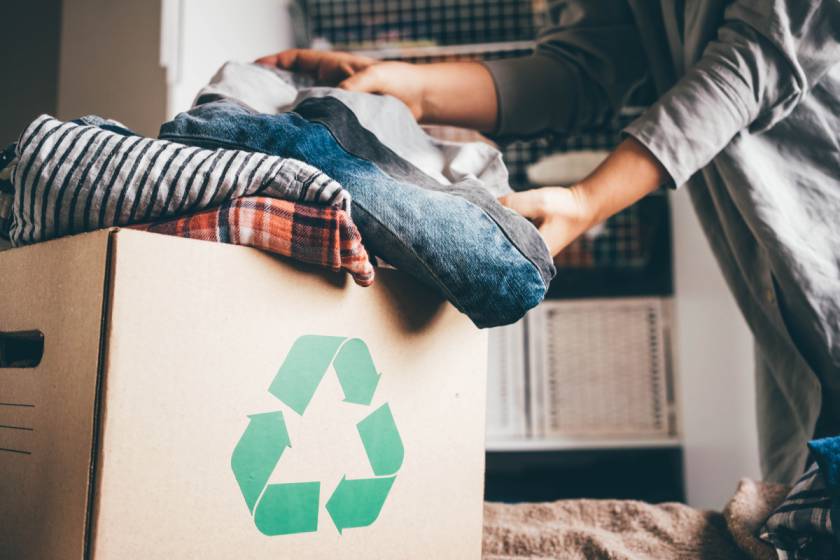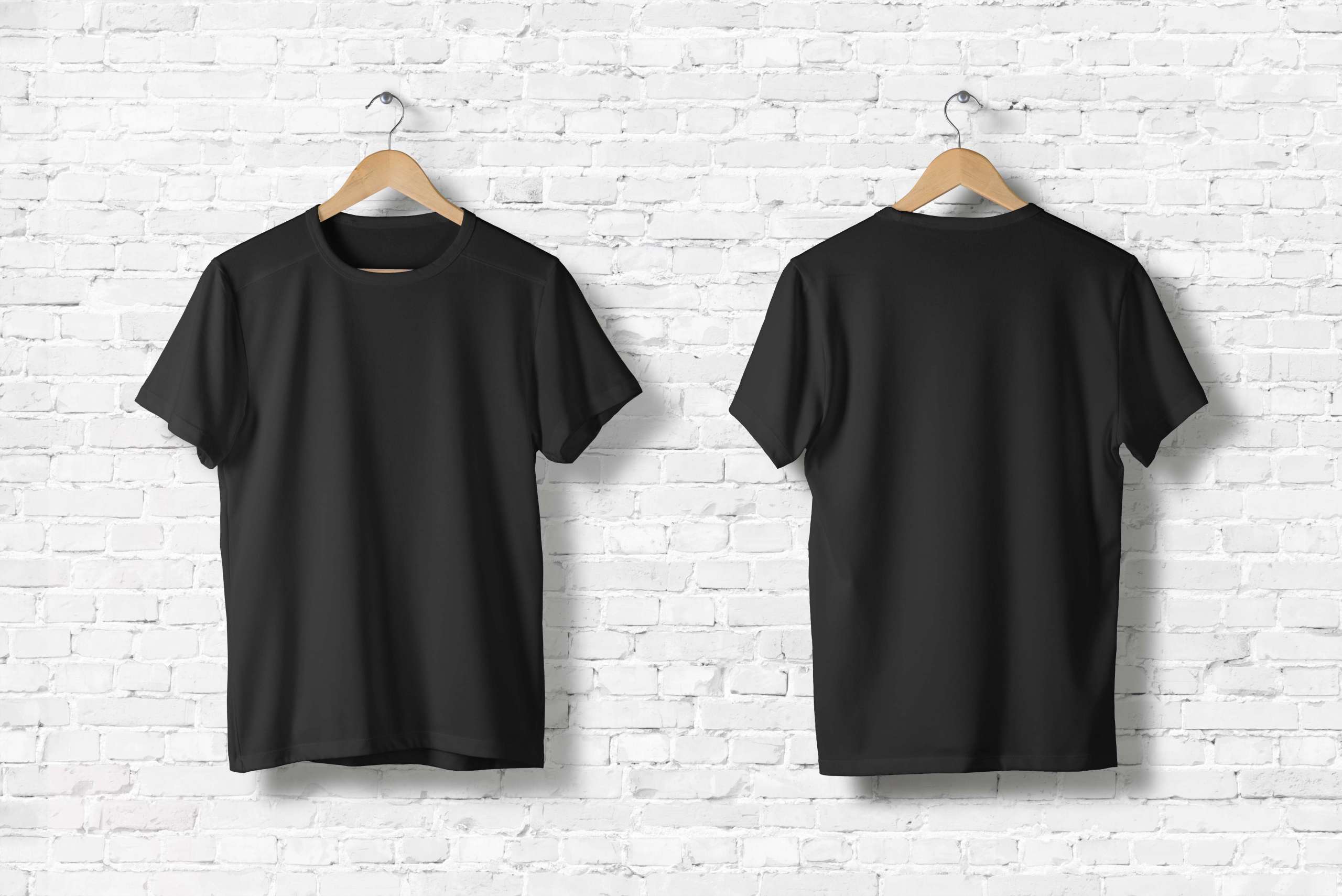The Process of Textile Recycling: What It Is and How Your Brand Can Source it



Textile recycling - what do we understand and its importance
Recycling textile is the process of converting your old clothes and other textiles and using them for another purpose. Refurbishing and recovering textiles for further use is the basis of textile recycling. A recycled textile is as good and durable as a new one because it will be converted into something new using old materials.
Textile Recycling itself depends upon the textile industry. Because the manufacturers are the converters. With the growing need for a sustainable fashion industry, textile industries have started finding solutions to fast forward. All textiles can be reused consisting of linens, drapes, cleaning materials, curtains and other clothing material.
Textile recycling is an innovative step to drive a significant change in the textile industry. A huge amount of clothing is dumped in landfills and causing a serious threat to the environment. Not all, but 90% of the clothing is recyclable. Big companies are investing heavily in textile recycling that use hydrothermal or mechanical systems to convert clothing into useful products. Once a textile is recycled, it is woven into threads in the same way just as a new cloth or fabric is weaved. The end products can be resold, reused and brought back into the fashion industry.
The need to Recycle Textiles

100 billion garments are produced by clothing industries all over the world annually. In 2018 a whopping 17 million tons was created as textile waste. Not only is there cloth-waste but there are shoes, accessories and other things which are being manufactured and then thrown. The same goes for textile waste created by home decor linen and textiles in the form of rugs, carpets, pillowcases and bedsheets. If we wish to move towards a zero-landfill society then recycled textiles is the need of the hour.
Even though textiles are supposed to be generated from natural threads and yarns, these can take from days to years to completely decompose and degrade. While decomposing they produce carbon dioxide and methane gas which is greenhouse gas. Synthetic textiles are much more difficult to decompose. They release toxins to decompose and this seeps into groundwater, contaminating the clean drinking water for animals and plants.
Benefits of recycling textiles
By reading the above information, you must have clearly understood the need for recycling textiles and this brings us to the benefits of recycling textiles.
- Recycling textiles will reduce landfills wrestling into the lesser natural decomposition of natural fibres.
- Decrease in the release of greenhouse gases.
- Reduced pollution of air, water and land.
- Decrease in high-pressure demands on the fashion industry.
Recycling textile is not as easy as it sounds. A source is required for recycling textiles. A source that is consistent and generated simultaneously. Two main identified sources of textiles for recycling are:
- Post-consumer garments are essentially worn-out clothing, second-hand garments, home linen and much more. These are all second hand.
- Pre-consumer, which is scrap collected from clothing, while making garments or any other designs. These are shreds of fabric that are of no use. these are by-products of the actual garment.
The process of recycling clothes for natural fibres
- Sorting: the first step of recycling is important. It is the step of sorting the clothing. It is based on the types of fabric, the design and the colour. Colour sorting is so crucial because it saves dyes and colours for recycled clothes. It saves energy and other chemical pollutants.
- Shredding: once the sorting is done, clothing is pulled out into shreds or strips. Through shredding, they are pulled into fibres.
- Carding: it is the process of de-tangling, cleaning and mixing fibres to produce a web by moving the fibres between surfaces covered with card clothing. The yarn is then cleaned.
- Re-spinning: the ready yarn is re-spun and made suitable for weaving or knitting fabric.
The process of recycling clothes for artificial fibres
- For synthetic textiles, it is shredded and granulated in the form of chips or pellets. These pellets are then melted and create new fibres which are reconstructed to make new polyester fabrics.
How can your brand recycle clothes?

- Space required: to start your recycling process, you should start by defining a space where you can dump old clothing.
- Sorting: you need to hire experienced workers for sorting out the clothing. A handful of employees would sort out clothes based on type, colour and fabric material. It also requires sorting as wearable and non-wearable clothes. In case of bulk orders, arrange for a conveyor belt to ease out the segregation process. Removing zippers, tags, buttons and other accessories from clothes requires time and effort. In most cases, garments are donated in good condition, they only need to be shelved & separated accordingly.
- Cost estimation: estimate the cost for collecting and transportation of textiles.
- Collection: to recycle clothes you need to have multiple picking points. Signs and bins are all you need just at the right places to draw attention. advertising your brands against your recycling strategy is also crucial. your clientele, consumers should know what and which type of clothing is accepted by your brand.
- Finance planning: recycled textiles draw a lot of financial burdens, work out plans to incur all the costs related to the various steps involved in the recycling process. Cost of equipment, dyeing process, wages, rentals and transportation are some of the factors requiring major expenses.
- Buyer identification: identify who will buy your clothing after you have recycled textiles. Check which brands are comfortable in buying recycled fabrics and try negotiating with your expenses and profits.
- Redesigning: if you are utilising your fabric, then you must invest in a good designer. A designer will assist in ideas on how efficiently these recycled textiles can be used. Recycled fabric and textiles can be made into anything viable and useful.
- Production line: to start a production line, you have to work in a space where all your processes can be initiated and transformed into fabrics.
- Investing in machinery: invest your money in buying efficient machinery. A recycling machine can hold up to 200 kilos of garment to shred. The leftover shred of fabric can be used for other purposes such as soundproofing and packing material. A granulating machine for cutting pellets of polyester clothing will also be needed.
Recycled textiles are a boon to the environment and the fashion industry. It may be an intimidating process but once you start it as a business venture, things might not be as difficult as they may look. Also, go through Fashinza where you can find answers to your questions related to the recycling of textiles.
The fashion industry produces a substantial amount of garment pollution. The carbon footprint produced in new clothing has devastating figures. As our society becomes aware of the hazardous effects of textile & landfill pollution; it becomes all the more necessary to take firm steps in this direction.



















